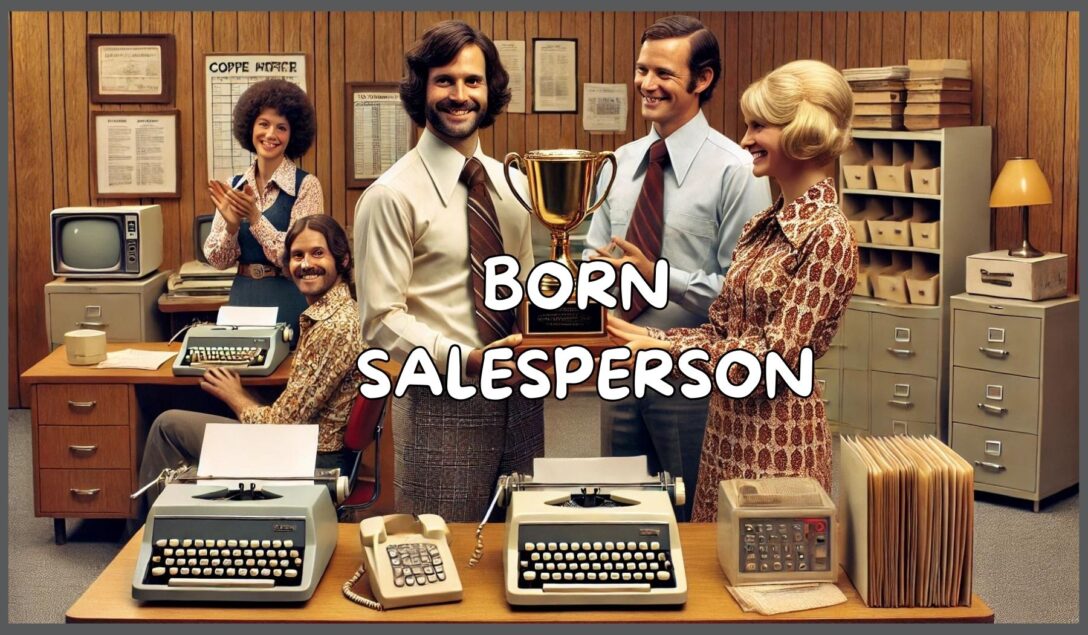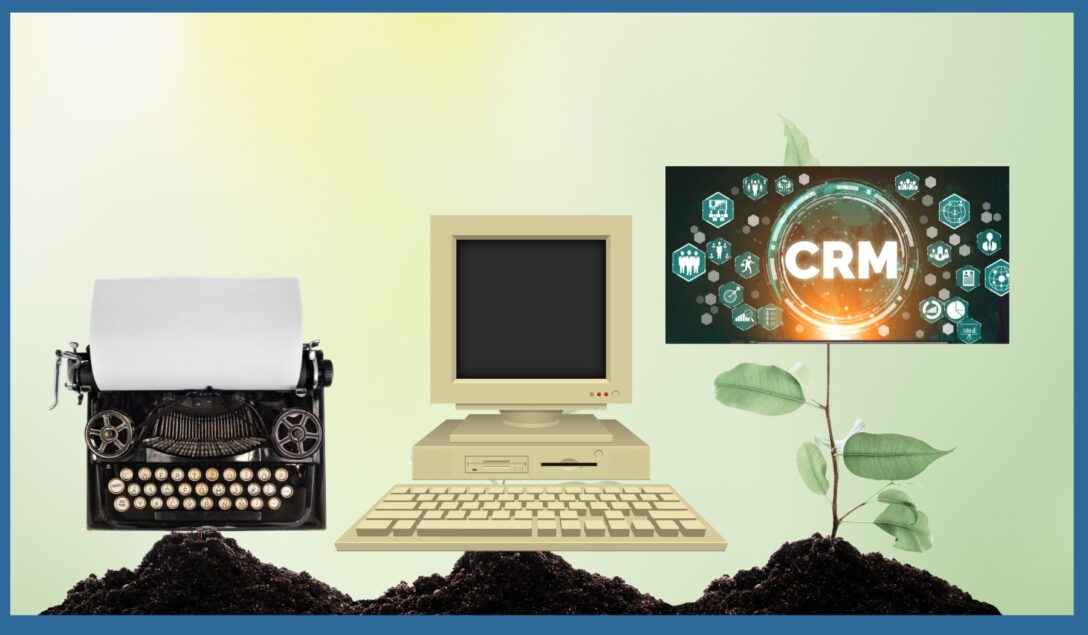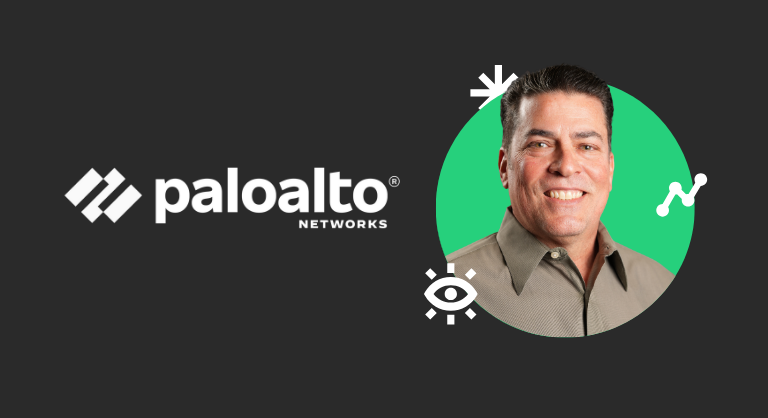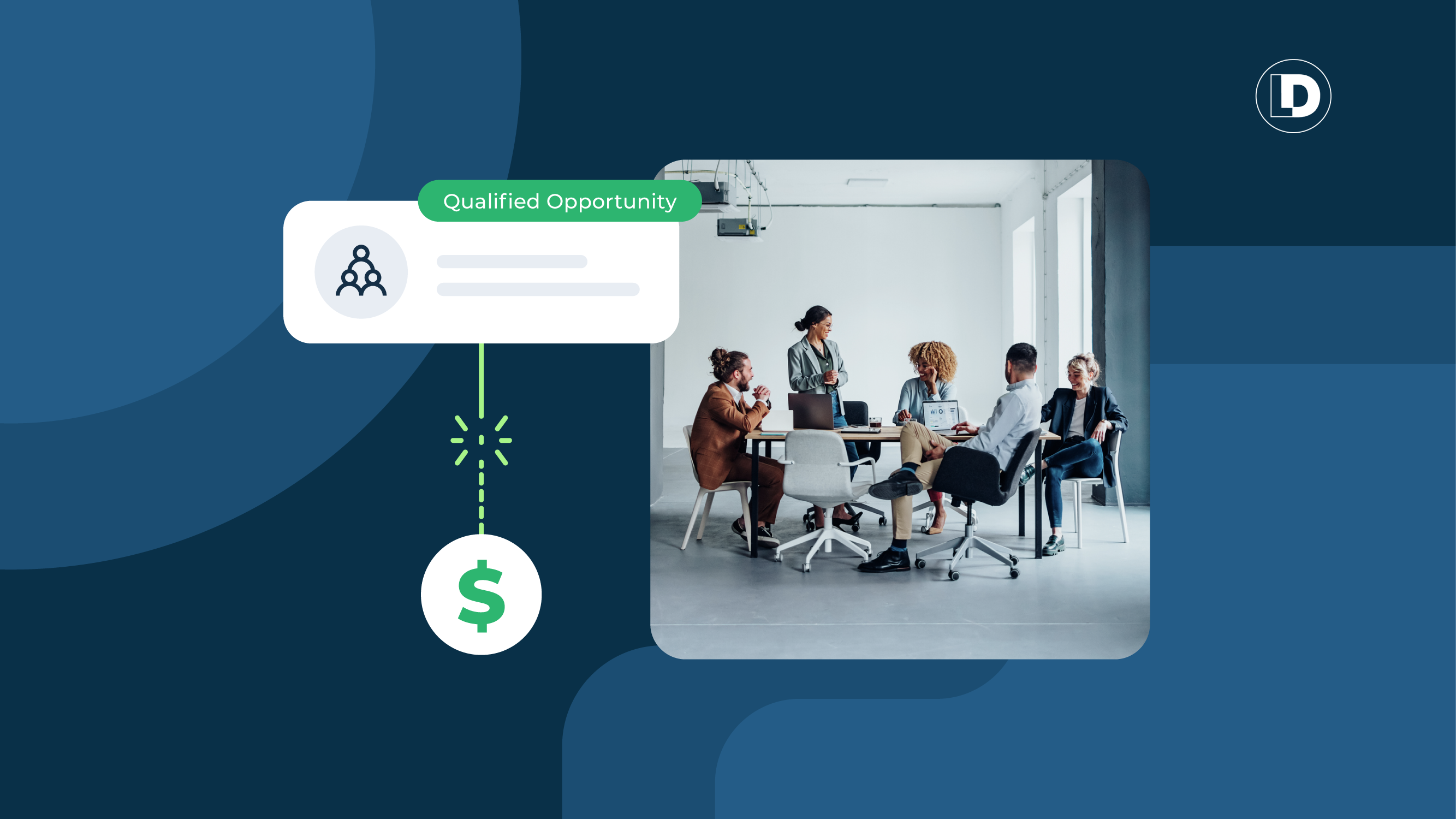Sales Methodology Pioneers
Since the late 1970s, pioneers like Linda Richardson of Richardson International, Bob Miller and Steve Heiman of Miller Heiman, and Neil Rackam, creator of SPIN Selling and founder of Huthwaite International, sat down and started to map out the first sales methodologies.
Challenger by Brent, MEDDICC by John McMahon and Dick Dunkle, and others would later follow in their footsteps.
Before that time, mythical terms like “born salesperson” determined if a rep won or not.
However, none of these sales veterans bought into that one bit. They knew success had nothing (ok almost nothing) to do with one’s genetics. They knew it was the actions you take, or often do not take, on sales opportunities that determine success.

Defining the Single Sales Objective
Early sales authors and corporate training entrepreneurs discussed topics like defining a Single Sales Objective, meaning, the solution you intend to sell by a certain date for a certain projected revenue amount.
As a result, skilled salespeople engineer their deals so the Single Sales Objective is aligned with some sort of internal company milestone or a deadline that’s important to the prospect.
Within the Single Sales Objective, good salespeople understand all of the competitive influences, not just the brick and mortar competitors. Although, a buyer choosing to do things internally, do nothing, or use budget for something else all can lose deals too.
The Single Sales Objective includes having Ideal Customer Criteria, and evaluating prospects against it. Something we as marketers and sellers all keep a close eye on today.
Last and most important to the Single Sales Objective, uncovering and winning over your Buying Influences which involves the art of covering the bases with the Buying Group.

Who is in a B2B Buying Group?
Within a Buying Group, there are several different roles. These are the people I encounter in my Opportunities.
User Buyers
User Buyers are the people that would be directly touching your solution daily. They may have smaller titles but are often closest to the problems you’re solving for. This can give them an unusually high amount of influence on the vendor that’s selected.
Technical Buyers
Technical Buyers can say “no” when all others say “yes.” These are your deal killers often from legal, compliance or risk management teams.
Economic Buyers
I try to Identify the true Economic Buyer or final decision maker. There’s usually only one, or occasionally a decision by committee.
Coaches or Champions
I recommend developing coaches and champions. They may fall into categories mentioned above.
After you uncover these influencers you want to determine the following:
- Who has the most influence over the final decision?
- What are they trying to fix, accomplish, or avoid with this initiative?
- Are we best positioned to address it? How do we know this?

The Evolution of Buying Groups Tools
The first company to digitize the collection of Buying Influences, or Buying Groups as we call them today, was Hewlett Packard (HP), back in the 1980s.
HP was on the front edge of technology adoption in sales and had large mainframe computers with shared workspaces. Sellers would arrive for weekly sales meetings and update their pipeline and “Blue Sheet” plans that were later used for forecasting purposes.
Managers used the Blue Sheet plans to spot buyer trends and coach and develop sellers. Pretty cutting edge in a day where a computer was the size of a small building.
Customer Relationship Management Tools
Later on in the late 1980s to early ’90s, customer relationship management (CRM) platforms like Pivotal, Siebel, ACT!, Goldmine, and Maximizer came into the marketplace. All seemed to lack design influence by sales users with some witty ones pushing the term “Can Replace Me.” CRMs were certainly more of a management tool versus a sales tool.
Then, in 1999, came Salesforce.
Different from the status quo, Salesforce sent developers of their V1 through sales training programs to learn the language of sales motions. Early versions of Salesforce came preconfigured with contact roles like Economic Buyer, User Buyer, and Technical Buyer, and Champion.
Sales Methodology vendors like Miller Heiman, Dealmaker and White Springs were some of the first selling apps that were integrated with Salesforce, paving the way to what’s now referred to as the AppExchange.

Operationalizing Buying Groups Today
Today, with the evolution and adoption of marketing automation, CRMs, fuzzy matching, synonym dictionaries, generative AI, machine learning, data warehouses, and data enrichment, the creation of Buying Groups no longer needs to lie completely on the shoulders of the business development representative (insert cries of joy by your sales team here).
Implementing a Buying Group Motion With LeanData Revenue Orchestration
If a company can loosely define the profile of the people they typically sell to, LeanData Revenue Orchestration can now propose potential buying influences, or highly qualified buying group team members, to the sales rep.
Step 1: LeanData technology will scrape the CRM, looking for Leads and Contacts that have interacted with our campaigns, attended our events, attended other events, have certain titles, recently were promoted, or recently changed jobs.
Step 2: LeanData automatically matches and merges Leads with duplicate Contacts. Many companies moving into Buying Group motions are also moving into a Contact-centric model and auto-converting all new Leads into Contacts. Plus, users can instruct LeanData to auto-create but not yet assign a preliminary Opportunity record for qualified prospects.
Step 3: Build the Buying Group.
Wait for the right amount of information, or intent signal, or product usage signal, score, and then strategically route the Opportunity with the predefined potential Buying Group to the sales rep.
Step 4: Add sales tasks that align with the product interest that’s been identified. Build a possible action plan. Slap this beautiful Opportunity with a service level agreement (SLA). Track your SLAs closely — prospects do go stale after all.
Step 5: Add the entire Buying Group to a marketing campaign, and engage with them appropriately by Role. For example, your Economic Buyer wants ROI. User Buyers want a better experience. Technical Buyers tolerate zero risk and only want to work with reputable companies. Hit each persona where it matters.

Create a Better Buying Experience
The new Buying Group motion not only accelerates the business development process by removing manual research by sellers, it also filters out bad data as reps disqualify non-influencers or people who have left the prospect organization entirely.
As reps are assigned to, and engage with, the pre-qualified opportunities with Buying Groups, new members of the buying committee will engage with content on your website.
These too can be automatically added to the Opportunity and even offered direct access to the calendar of the sales rep who is already speaking with their organization.
What a refreshing experience for the prospect who would otherwise be traditionally sent to an SDR or another Account Executive for qualification!
Interested in Buying Groups?
Schedule a discussion and demo now.
Learn how to run a pilot of a Buying Group motion.
Visit the LeanData Buying Groups Resource Center.











